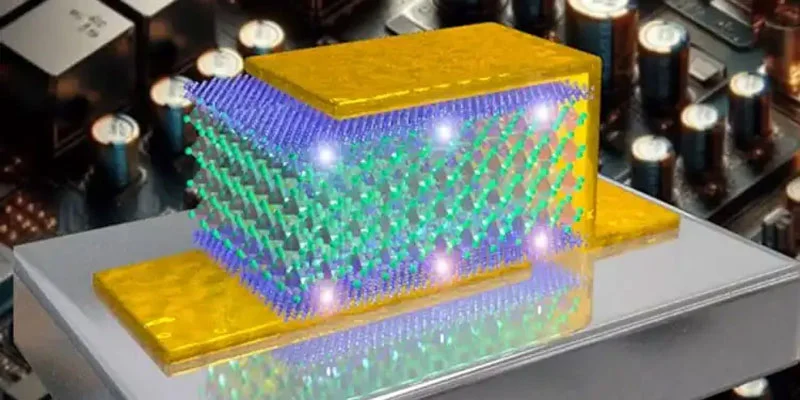Recently in a magazine Science St. published a paper dedicated to the study of heterogeneous thin film structures for capacitors, written by authors from the McKelvey School of Engineering at Washington University in St. Louis. Scientists working with ferroelectrics accidentally created a capacitor with an energy density 19 times higher than that of conventional cells. In fact, they have developed a battery with incredibly fast charging capabilities that modern batteries do not have.
It’s no secret that capacitors are the most important elements of stabilization of power subsystems and circuits. Modern smartphones can have up to 500 capacitors, and laptops can have up to 800 or more (we will temporarily bracket oscillatory circuits in this article, we are only talking about power). In any case, capacitors act as elements that can discharge and charge more quickly, which cannot be said for batteries. However, batteries are characterized by high energy storage density. Scientists have long been trying to find a golden mean: a high-density battery that is capable of charging and discharging quickly, but at the same time remaining intact and capable of performing many charging cycles. It looks like US scientists are close to discovering such a battery.
During the experiment with heterostructures based on barium titanate (BaTiO)3) – perovskite to some extent – “new physics”, as scientists put it, was discovered. In general, researchers now have the ability to control the discharge (relaxation) time of a ferroelectric capacitor. This possibility manifested itself serendipitously in the 2D/3D/2D2 combination or the combination of 2D and 3D materials in the Au/MoS sandwich.2/BaTiO3/MoS2/au. A barium titanate core surrounded by two atomically thin layers forms a layer only 30 nm thick, 1/10 the size of a normal virus. Precisely selected chemical and non-chemical bonds, as well as gaps between layers, have become the key that allows us to control the discharge time of the capacitor-accumulator.
By preserving the crystallinity of the 3D ferroelectric material and minimizing energy loss, scientists managed to achieve an energy storage density of 191.7 J/cm in this multilayer heterogeneous structure.3 With over 90% efficiency. Precise control of discharge time creates opportunities for a wide range of applications and can potentially accelerate the development of highly efficient energy storage systems.
“Based on the innovations we have already implemented in our laboratory, we have created a new structure using 2D materials, – said Sang-Hoon Bae, lead author of the study. “We didn’t focus on energy storage at first, but during our investigations into the properties of materials, we discovered a new physical phenomenon that we realized could be applied to energy storage; it was both very interesting and potentially much more useful.”
“We found that the dielectric relaxation time can be controlled or triggered by a very small gap in the material structure, Mr. explained. — This is a new physical phenomenon, something we have not encountered before. “This allows us to manipulate the dielectric material so that it does not polarize and lose its ability to charge.”
Scientists do not hide that a long optimization of the material is ahead, but even at this stage the technology exceeds the achievements of other laboratories. That’s why researchers see great promise in the new “electronic material” they call the solution.













